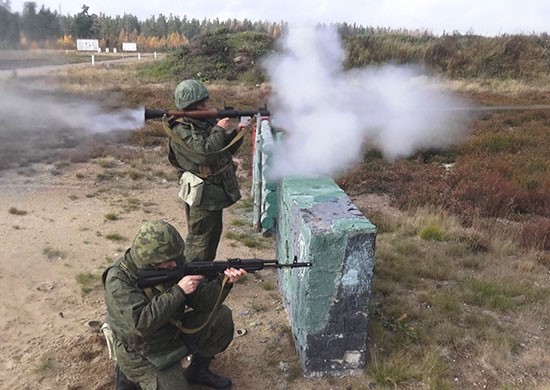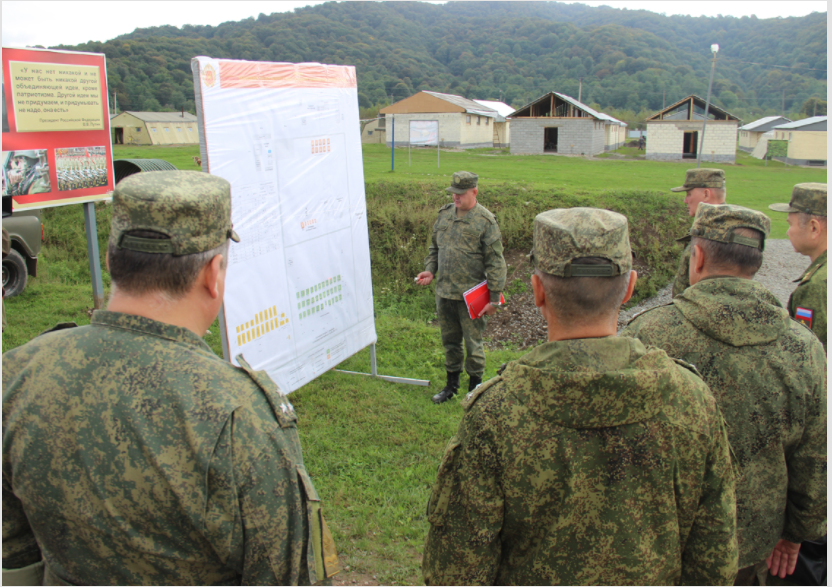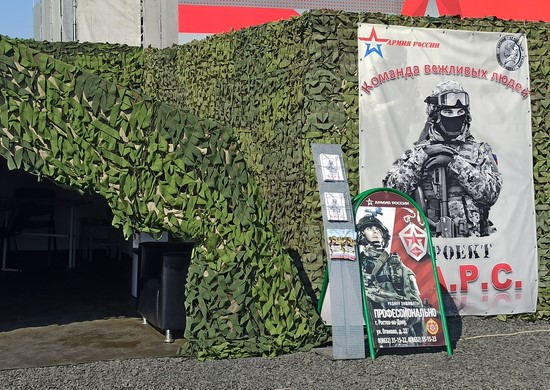“The result of the defeat of Nazi Ukraine will be a sharp drop in American and, in general, Western influence in the world…”
The accompanying excerpted article from Russian military and defense industry focused weekly Voyenno-Promyshlennyy Kuryer explains that Russian political and military leadership sees Russia’s 2022 invasion of Ukraine as not just a local conflict between two nations, but as a front in a much larger war between Russia and the West. The author, Konstantin Sivkov, is a retired naval officer and General Staff Academy graduate that served in the Center for Military-Strategic Research of the General Staff. He is an expert on Russian military modernization and future warfare, the processes of armed struggle, the nature of modern wars and armed conflicts, and the organizational development of the Armed Forces. Sivkov elaborates on how the Kremlin may perceive the big picture consequences for either succeeding or failing to achieve the campaign’s objectives. For Russia, the success of this campaign will result not only in the imposition of its will on Ukraine, but also of its narrative on the world. In short, the Kremlin sees the current conflict furthering one of two competing and mutually exclusive narratives: that of Russia or the West.
Source:
Konstantin Sivkov, “Украина – только начало: Геополитическим последствием спецоперации станет изменение (Ukraine is just the beginning: The geopolitical consequences of the special operation will change the entire view of the world),” Voyenno-Promyshlennyy Kuryer (weekly newspaper focusing on military and defense industry), 28 March 2022. https://vpk-news.ru/articles/66370
The special operation of the Armed Forces of the Russian Federation in Ukraine continues to develop. Serious shifts are taking place in the nature of the operational use of the Russian group of forces, indicating a qualitative change in the course of the armed struggle. Under these conditions, the question arises: what will happen next, will the West stop its pressure on Russia and start negotiations, as many Russians hope, or vice versa – will the pressure become even more fierce, will new armed conflicts arise?…
…Thus, we can safely say that Russia is currently at war with the united West. This is a war of a different nature than those that took place in the 20th century. It cannot be declared, because in essence it is a classic hybrid one, from the side of the West…The scale of this hybrid war with the West suggests that it has all the hallmarks of a world war: the presence of opposing coalitions led by global centers of power that have entered directly into a military confrontation, albeit it just in the economic and information spheres, the resoluteness of goals, the use of all possible means of confrontation, refusal to comply with peacetime legal norms with the transition to the principle of military expediency practically on a global scale, drawing most countries of the world into the conflict according to the principle “if not with us, then against us”. That is, we are talking about the beginning of the third world war, which is still taking place in a refined hybrid form – the Western coalition conducts armed confrontation using its proxies — the Armed Forces of Ukraine, in a limited TVD [theater of operations] within Ukrainian territory, while conducting full-scale global economic and information warfare against our country.
…regardless of the outcome of the special operation in Ukraine, the war of the Western coalition against Russia will continue to escalate — the Western and global elites cannot stop without defeating Russia, or suffering a final defeat in this war. After all, at stake is the shape of the future world, of which there are only two variants. One proclaimed Klaus Schwab — the mouthpiece of the globalists. It has no place for states and national elites — the world is controlled by transnational corporations, and is actually privatized by them. An alternative to it is the concept of a multipolar world proclaimed by our president last year at the Davos forum and subsequent key international summits, where states remain the subjects of world politics, and there is no place for the global power of transnational corporations and the corresponding elites.
These two options are mutually exclusive. The victory of one of them means the inevitable collapse, death, at least political and economic sense, and the disappearance of the bearers and beneficiaries of the alternative option into history. Therefore, the struggle has an extremely tough character, when all means are used that can be used without risking their own immediate death. For Western and global elites, the central task on this path is the defeat and subjugation of Russia…
The defeat of Nazi Ukraine will mean the collapse of the entire strategy built by the West and the globalists over the last 20 years. The consequences of this defeat could be catastrophic for the globalists and have a geopolitical scale. Signs of this are already manifesting themselves today in the emerging rapprochement between the UAE and Saudi Arabia with Russia, China’s tough position on the Ukrainian issue, Venezuela’s demand to recognize Maduro as the country’s legitimate president as a condition for starting negotiations with the United States on oil supplies, and a number of other similar manifestations that indicate a loss of authority of the US and the West in the general world order. The result of the defeat of Nazi Ukraine will be a sharp drop in American and, in general, Western influence in the world, which will have the most severe consequences for the economy. Under these conditions, revenge for the Ukrainian defeat may become the main leitmotif of US-European geopolitics.
In turn, the termination of the special operation with the preservation of the current regime, even with a host of various treaty guarantees, will mean a military defeat for Russia. And the consequences of this will be very severe, primarily in the domestic socio-political situation. Such a step will have a negative impact on the international position and status of our country.Therefore, further escalation of tension in the world, especially military, will increase, and we can expect the next stage of the initial period of the third world [war]…




